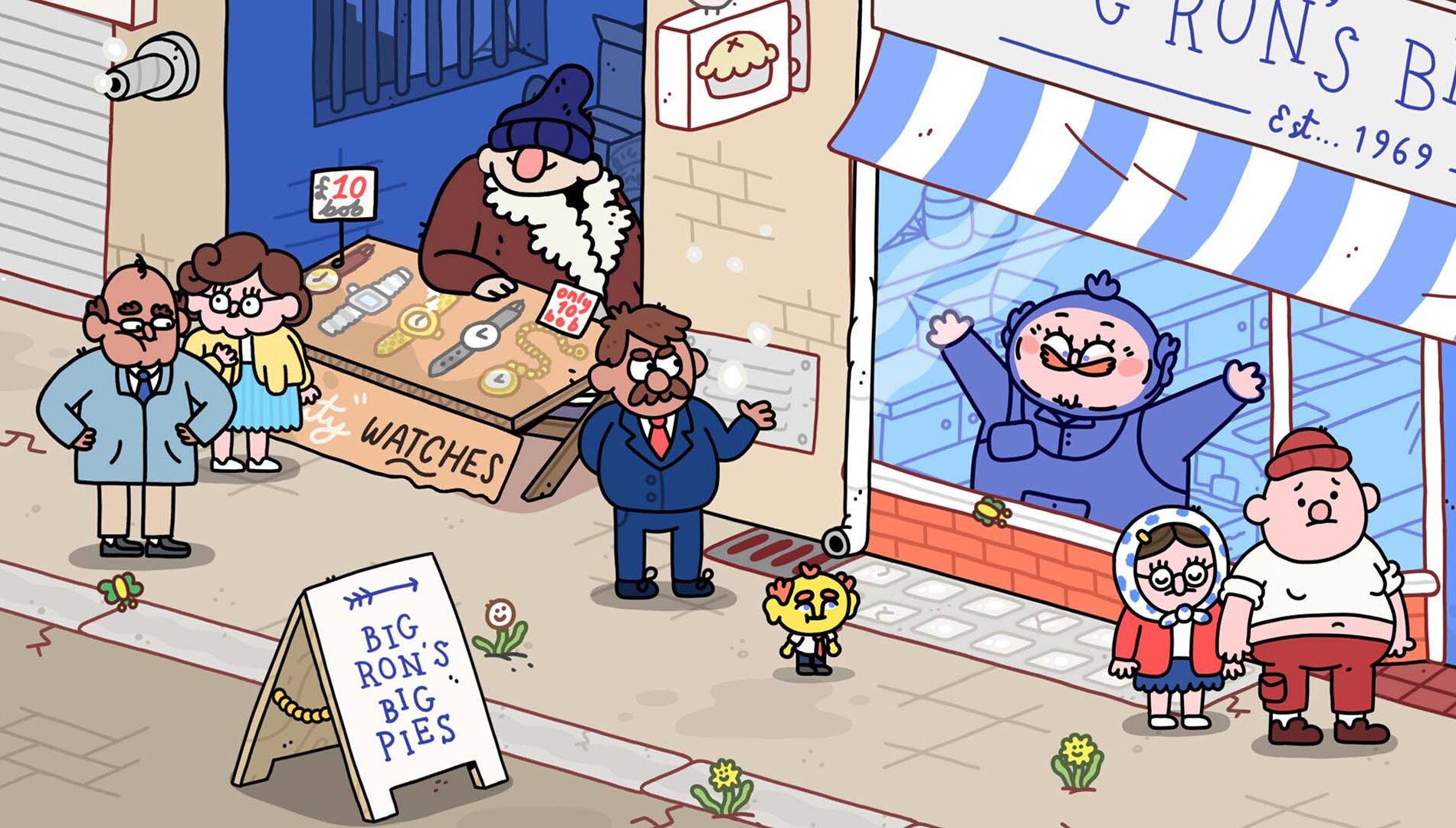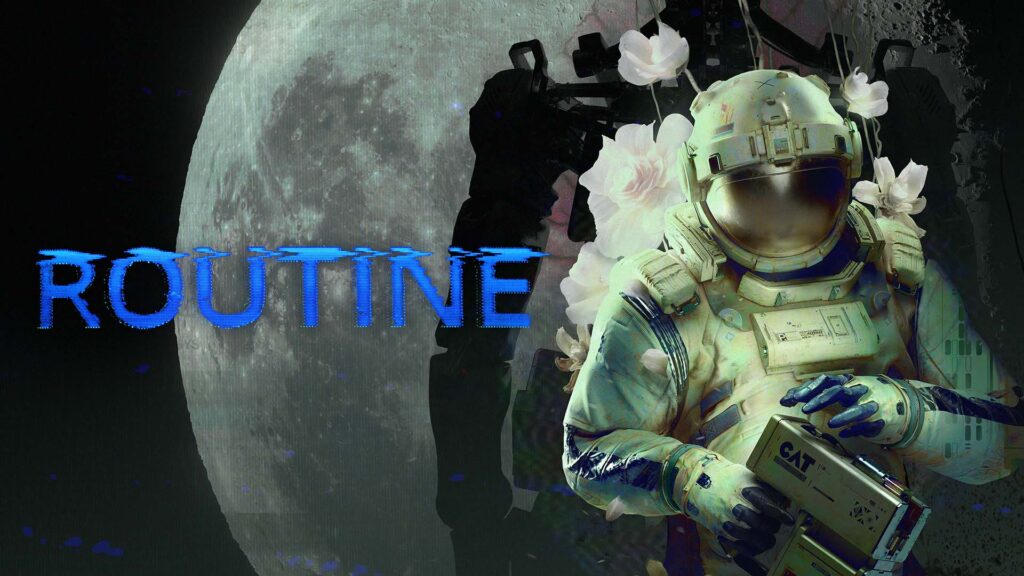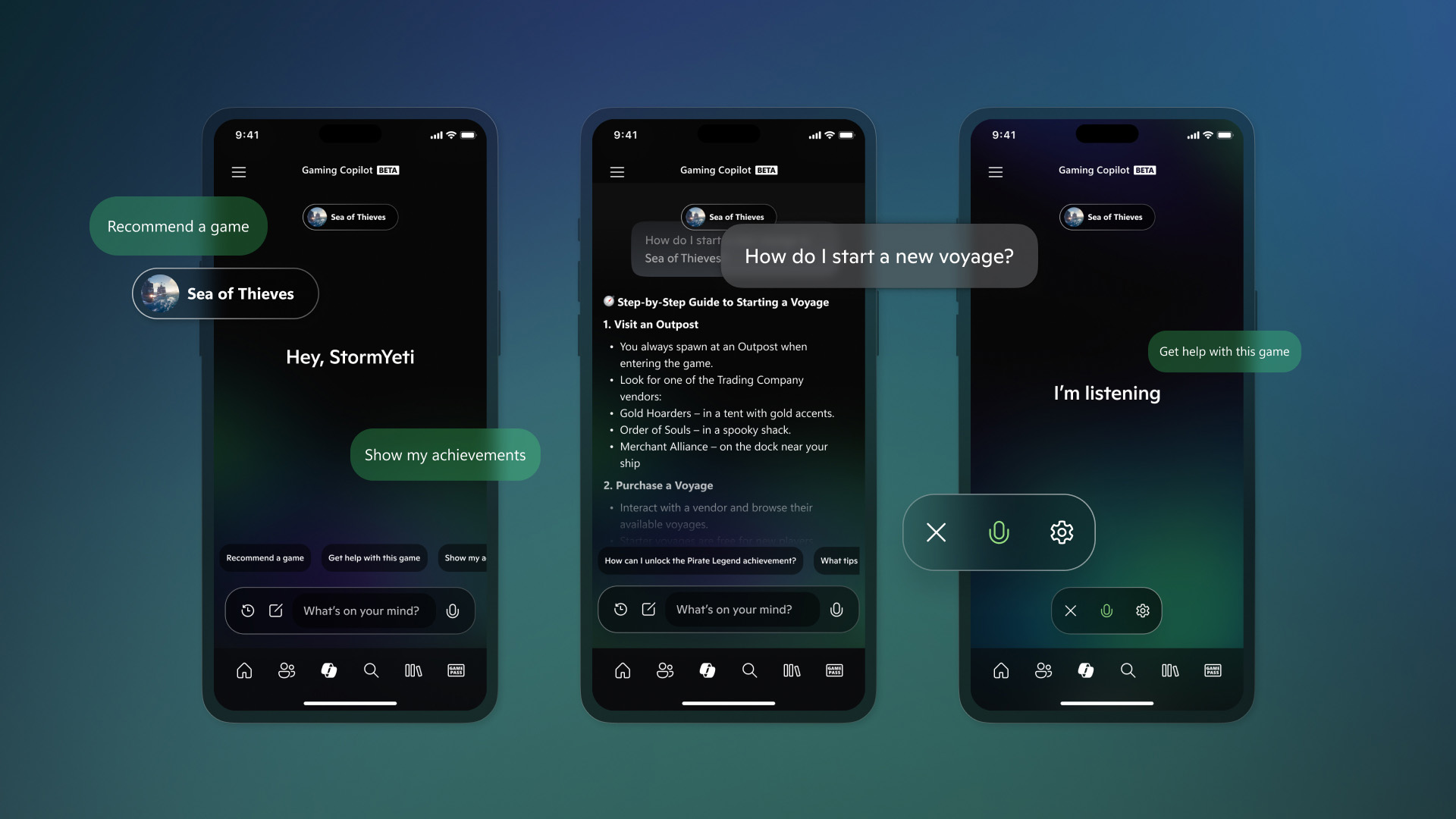At Fate’s End: The Spiritfarer Team’s Next Game Invites You to Fight the Ones You Love
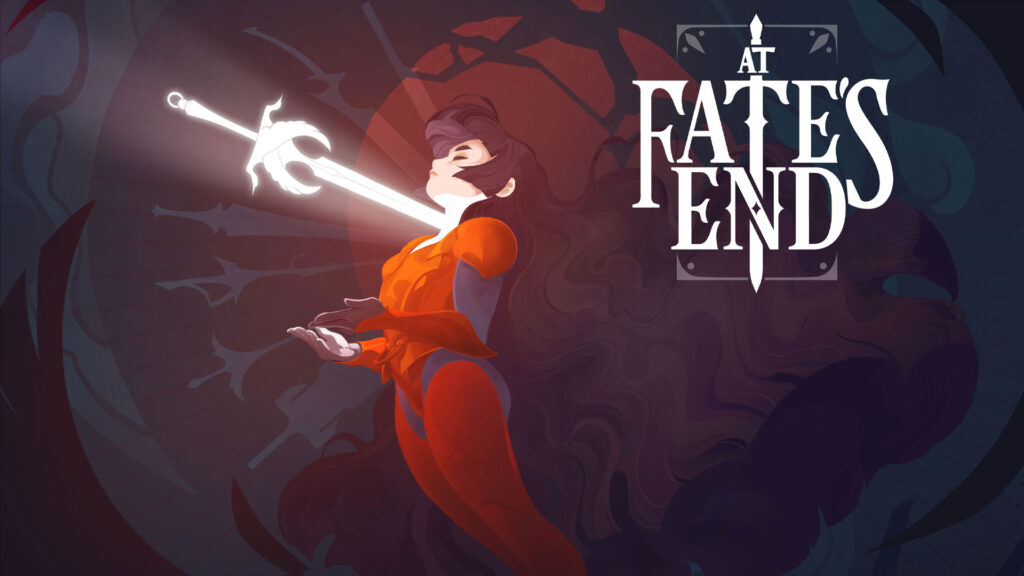
June 11, 2025
At Fate’s End: The Spiritfarer Team’s Next Game Invites You to Fight the Ones You Love

Summary
- At Fate’s End is an upcoming action-adventure game about love, rivalry, and loyalty among siblings.
- As Shan, you’ll decide the fate of your family with crucial narrative choices and dramatic sword-fights.
- Thunder Lotus’ Creative Director discusses how the team is building on the success of its previous game, Spiritfarer.
When we set out to create At Fate’s End, we knew we didn’t want to make just another story about royal succession. We wanted something more personal; something that captured the strange mix of love, rivalry, resentment, and loyalty that can exist between siblings. The result is a game where the biggest battles aren’t just about swords and powers – they’re about family; what we inherit from it, what we lose because of it, and whether it’s ever truly possible to break away.
In this game, you play as Shan, the youngest daughter of the ruling Hemlock dynasty. The Hemlocks don’t just govern the game’s world, they command God-Swords, powerful living weapons passed down through generations. To wield such swords, each heir must give something up, often a part of their body, or something deeper. A sword doesn’t just bond with its wielder. It changes them. And to command her sword Aesus, Shan had to give up her voice. In return, Aesus copies the powers of the other Swords and reveals hidden truths.
This is crucial, given that in the beginning of the game, Shan has been unexpectedly, controversially named Princess of Swords: your mission is to confront your six siblings, to take their God-Swords, and to return the seven blades to the castle to begin a new cycle of rule. It’s a ritual of succession that’s equal parts tradition, test, and bloodshed.
Now, Shan’s siblings aren’t motivated to simply hand rulership – and their blades – to their kid sister. Their reasons vary; as with all sibling relationships, there’s a complex shared history, and a fair bit of emotional baggage – not to mention their own personal ambition. So this will take some persuasion – and some good old-fashioned sword dueling. But armed with Aesus, players can attempt to not only match Shan’s siblings in battle, but they can also see what they’re trying to hide.
In At Fate’s End, combat strikes a balance between strategy and intensity. The powers Shan inherits, drawn from the Tarot-inspired Major Arcana of her siblings, give players the freedom to mix quick, responsive action with thoughtful, time-suspended tactical moves. Whether you prefer agile strikes, calculated maneuvers, or a seamless blend of both, the system adapts to your playstyle by letting you choose which option to equip.
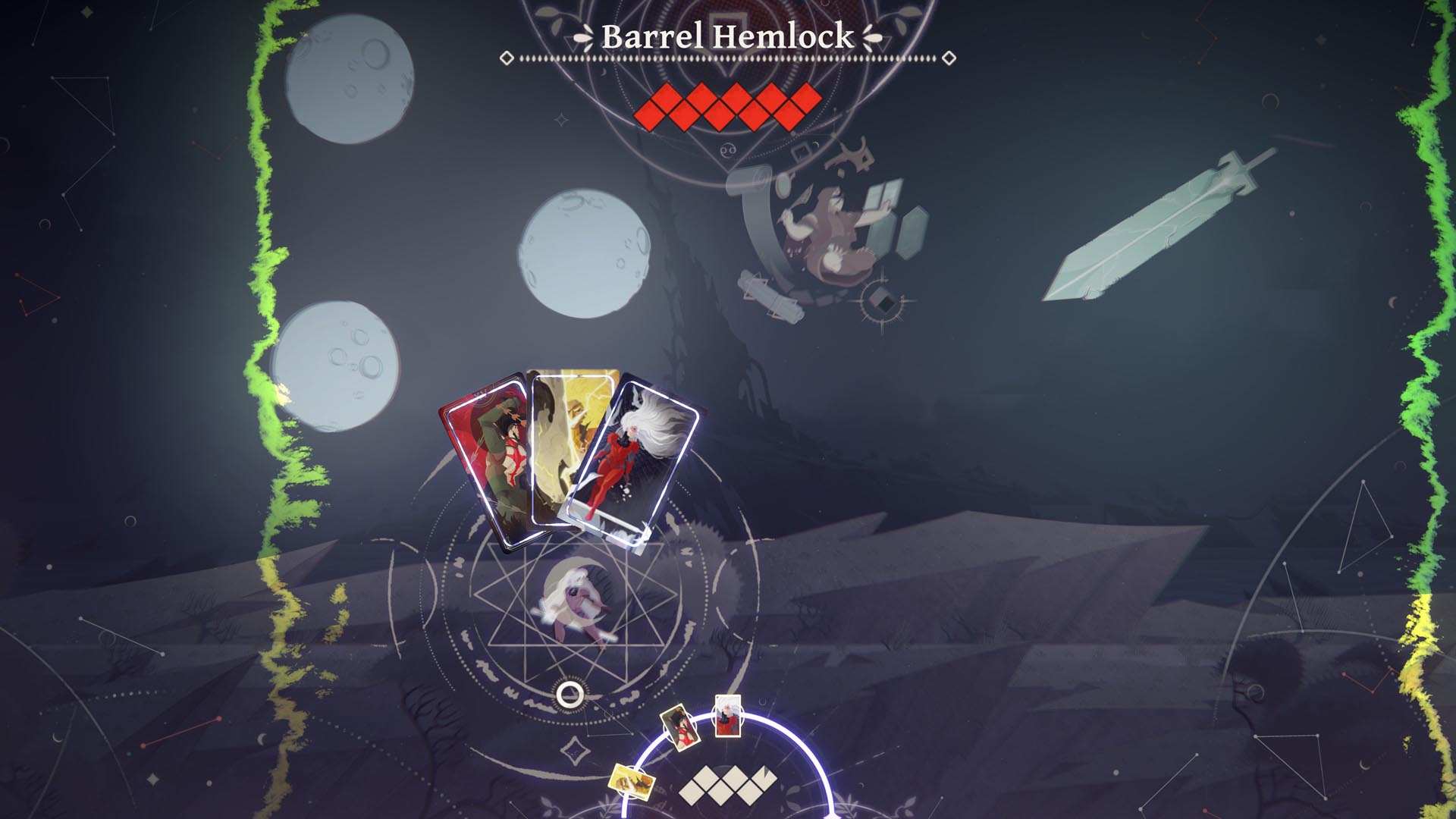
While Shan will face plenty of more straightforward encounters on her journey, the heart of the experience lies in the high-stakes duels against her powerful siblings and a roster of deadly duelists. These aren’t just fights, they’re emotional, mechanically rich showdowns that define the soul of the game.

Each sibling represents a unique challenge, both in combat and emotionally. First, the Shan must uncover three secrets about each of them: dark, painful, complicated truths that shaped them. Some are rooted in failure. Others are born from betrayal or grief. Players won’t just fight these characters, they’ll investigate them, piece together their stories, and decide what version of them to believe.
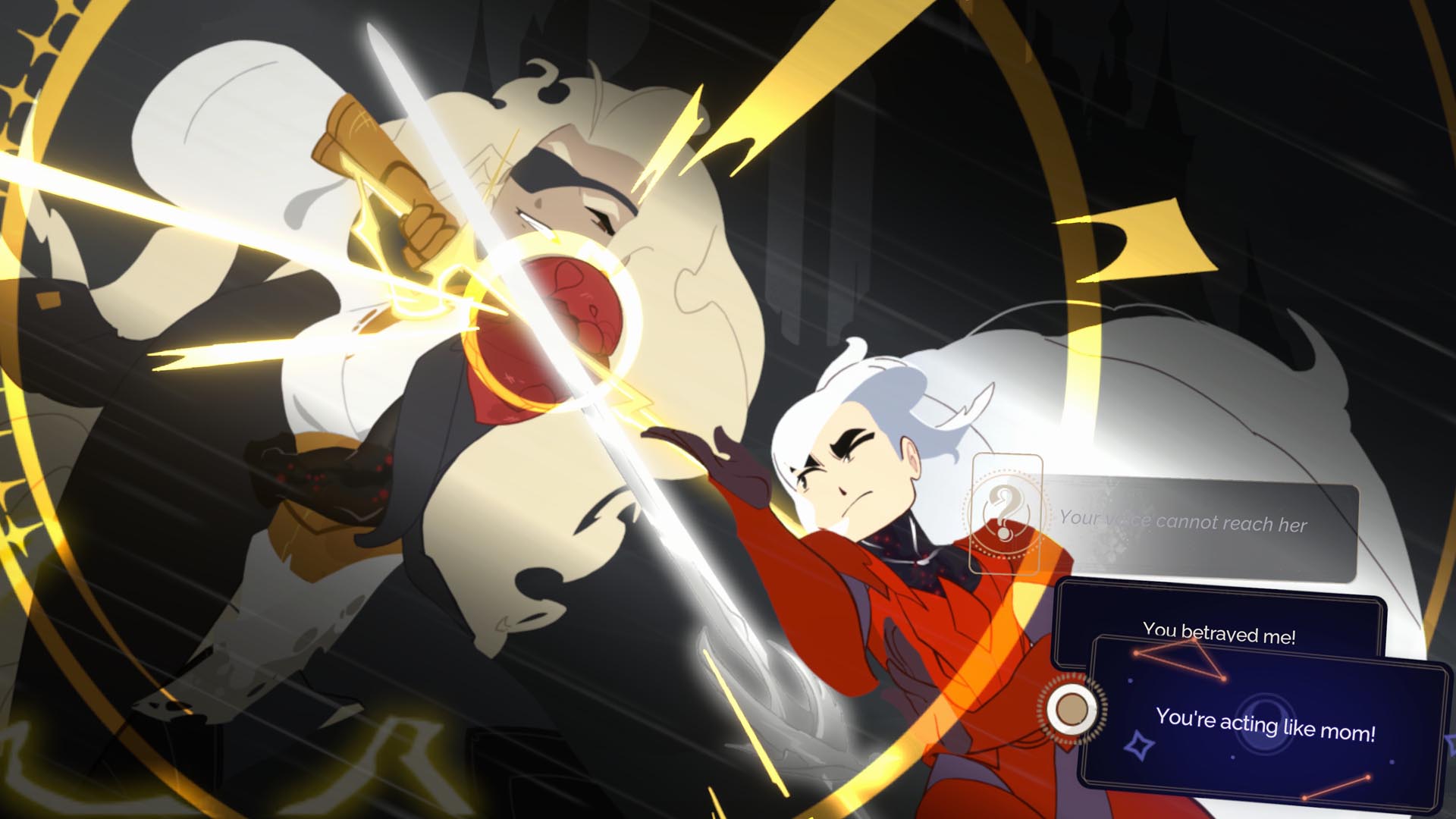
This choice is visualized through Tarot-inspired Minor Arcana cards. Each sibling’s story is symbolized as a card, and players choose whether to keep its Upright or Reversed side, two sides of the same truth. Upright might reflect compassion, forgiveness, or hope. Reversed might embrace bitterness, rejection, or pride. These choices shape the relationship between Shan and each sibling, and ultimately, the shape of the world she’s meant to rule.
All this may admittedly seem like a big shift from our previous game, Spiritfarer, where combat didn’t exist at all. Spiritfarer was designed to be a peaceful experience, slow, contemplative, warm. We designed Spiritfarer so that hugging a character, cooking them their favorite meal, or building their personal space on the boat would make players feel something through interaction, not just dialogue.
From a certain perspective, the idea of secrets being uncovered through a Tarot-inspired system in At Fate’s End is an evolution of our approach to bringing meaning and depth to the relationships between characters in Spiritfarer. But more fundamentally, in both games, we want mechanical actions (investigating, choosing sides of a card) to feel like emotional choices. To give weight to interactivity, and allow game mechanics to carry the message, not the other way around. In this sense, the games are similar – it’s the themes and the relationships explored that are different.
In At Fate’s End, we’ve chosen to explore tension, conflict, and choice in more direct ways than in Spiritfarer. We knew that meant bringing in combat, but we didn’t want it to overshadow the emotional storytelling, we wanted it to serve it. That’s why combat is paced carefully, why it ties into narrative decisions, and why every duel ends not just in victory or defeat, but in conversation. The combat here is still about power fantasy and catharsis, but overall, it’s about the cost of inheritance, and what it means to confront the people who shaped you.
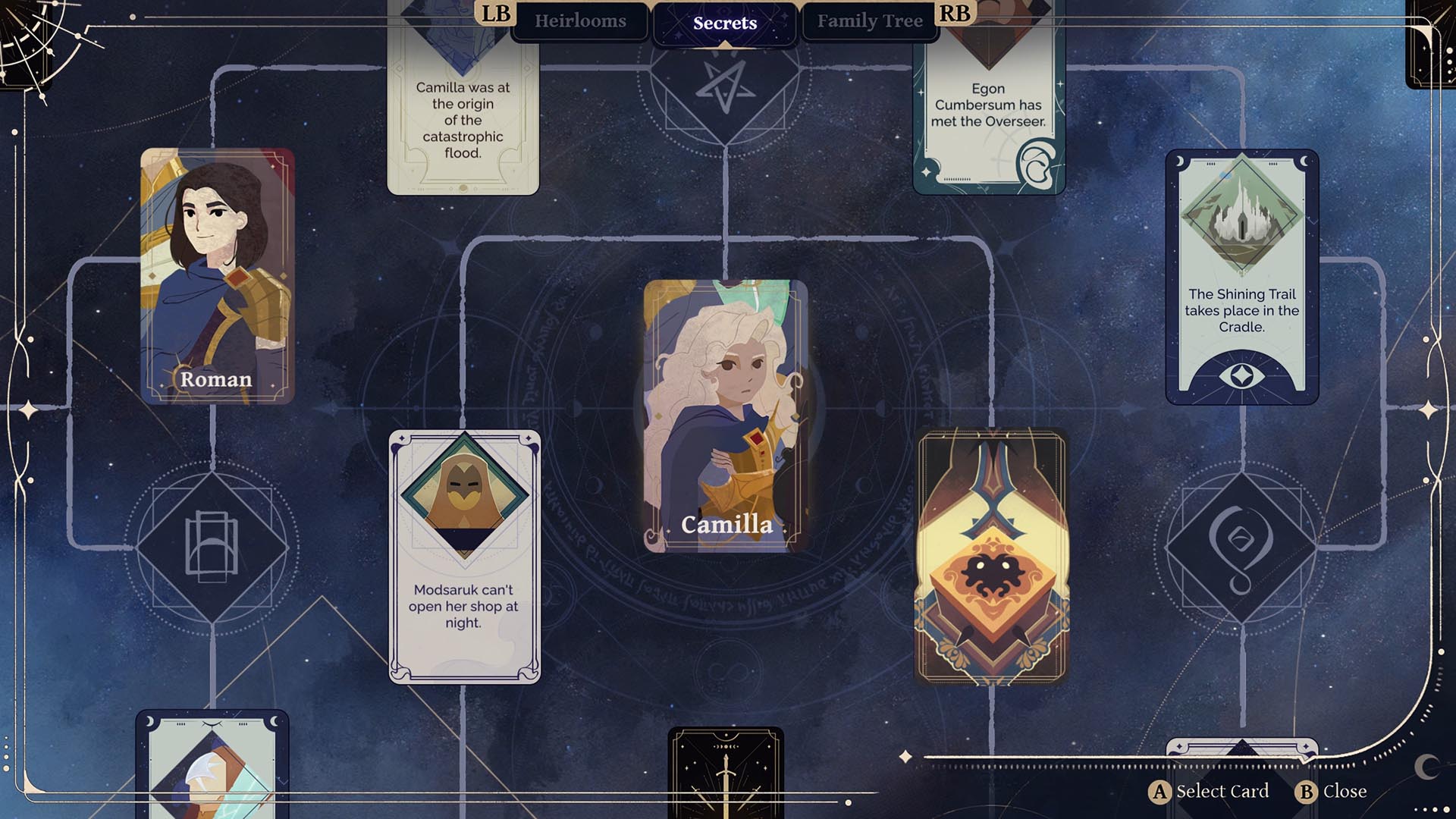
Our experience with Spiritfarer showed that players deeply connected with characters not because their arcs were wildly dramatic, but because they felt real. The small details such as regret over a failed relationship, anxiety about death, longing for unspoken closure, resonated.
Now with At Fate’s End, we had the certainty that we had to lean into emotional nuance. Let characters be contradictory, not be afraid to write siblings who are kind one moment and cutting the next. People don’t need perfect arcs. They need honest ones.
So, one of our core goals was to make each sibling feel real. Their stories are inspired by our own experiences growing up with siblings: the petty fights, the moments of closeness, the quiet rifts that form over time. This too mirrored our approach to Spiritfarer, which took inspiration from lived experiences with grief offered by members of the team. In At Fate’s End, we also looked to historical accounts of royal families—where betrayal and love often lived side by side. We wanted each encounter in the game to feel like peeling back layers of a shared childhood shaped by power and pressure.
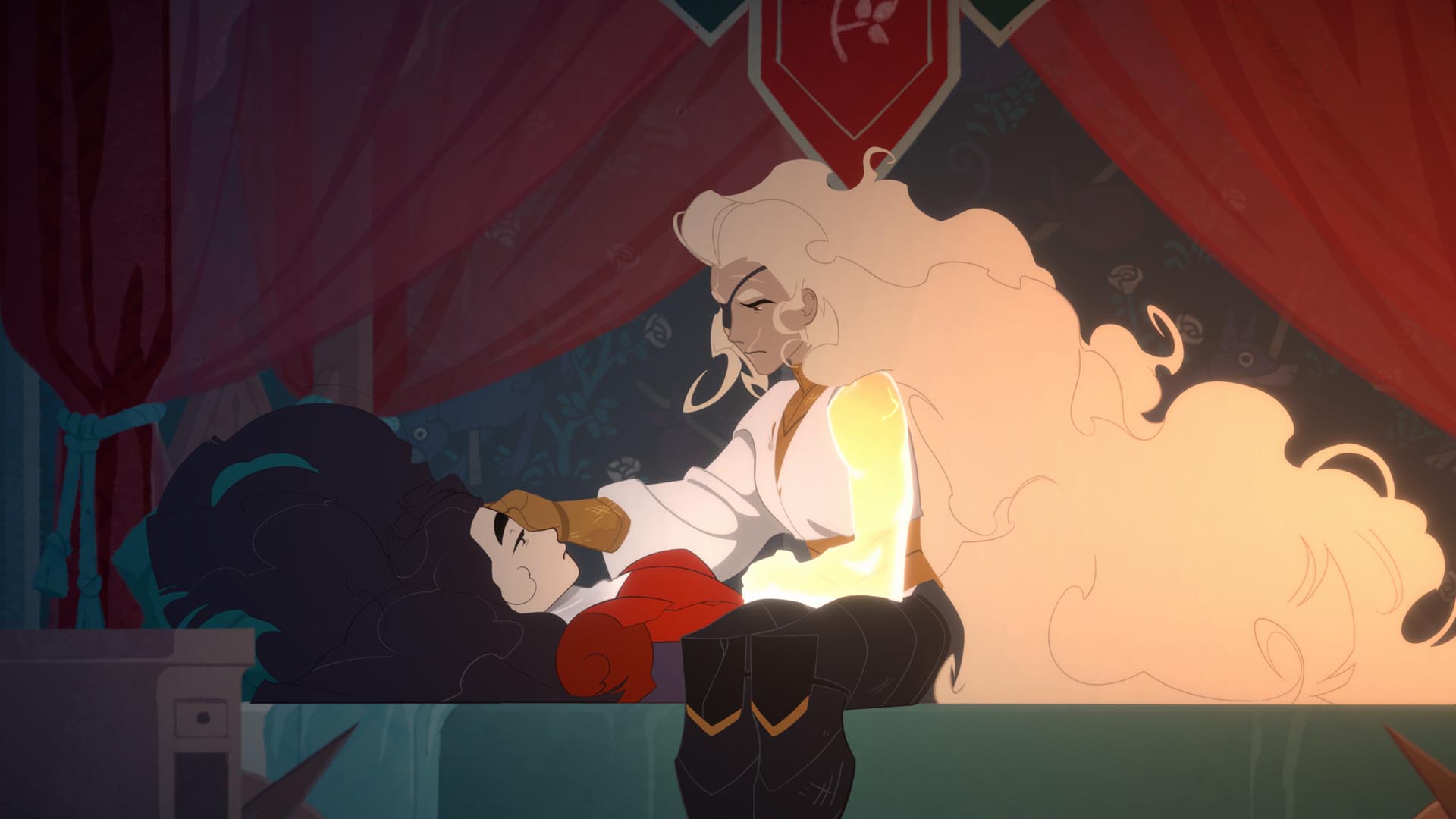
As developers, we wanted to explore a story where power doesn’t come from dominance alone, but from understanding. Shan’s journey will eventually raise a larger question for players: Is this cycle of succession and sacrifice worth repeating, or is it time to end it?
We can’t wait for you to step into Shan’s journey—and decide what kind of future you’ll shape. We hope you’ll keep your eyes peeled for updates about the project! At Fate’s End will be released in 2026 on Xbox Series X|S, Xbox One and Xbox PC (also coming day one to Game Pass).

At Fate's End
Thunder Lotus
Wield your blade. Confront your kin. Decide your fate.
At Fate’s End is an action-adventure game where you fight the ones you love. Wield the legendary God Sword Aesus as Shan, the deft young heiress of the Hemlock clan. Explore a lush, hand-crafted fantasy world. Defeat the foul creatures of the realm in combat. Solve intricate narrative puzzles, uncover painful truths, and hone both your blade skills and knowledge to face your estranged siblings in intense, emotional duels – and ultimately decide your family’s fate.
Battle with both swords and words.
Your blade may cut deep, but you journey will demand more than combat prowess. Shape confrontations through tactical dialogue and psychological insight, using your deep knowledge of your family’s secrets to gain the upper hand.
Your skill tree is your family tree.
Each sibling you defeat — or reconcile with — shapes your destiny. Collect seven swords of power to expand your arsenal of abilities and ultimately shape your family’s legacy.
From the Spiritfarer Team.
From the acclaimed team behind Spiritfarer, At Fate’s End weaves tight, visceral action with rich narrative depth, exploring the complicated bonds between brothers and sisters in a world where swords clash and family wounds run deep.
Fight with your sword. Speak with your soul. Face your family — at fate’s end.
.post-template-default .xwsrc-block-content-block .wp-block-column.flex-basis-50.push–25.column–content {
flex: 100%;
margin-left: 0;
}
The post At Fate’s End: The Spiritfarer Team’s Next Game Invites You to Fight the Ones You Love appeared first on Xbox Wire.


